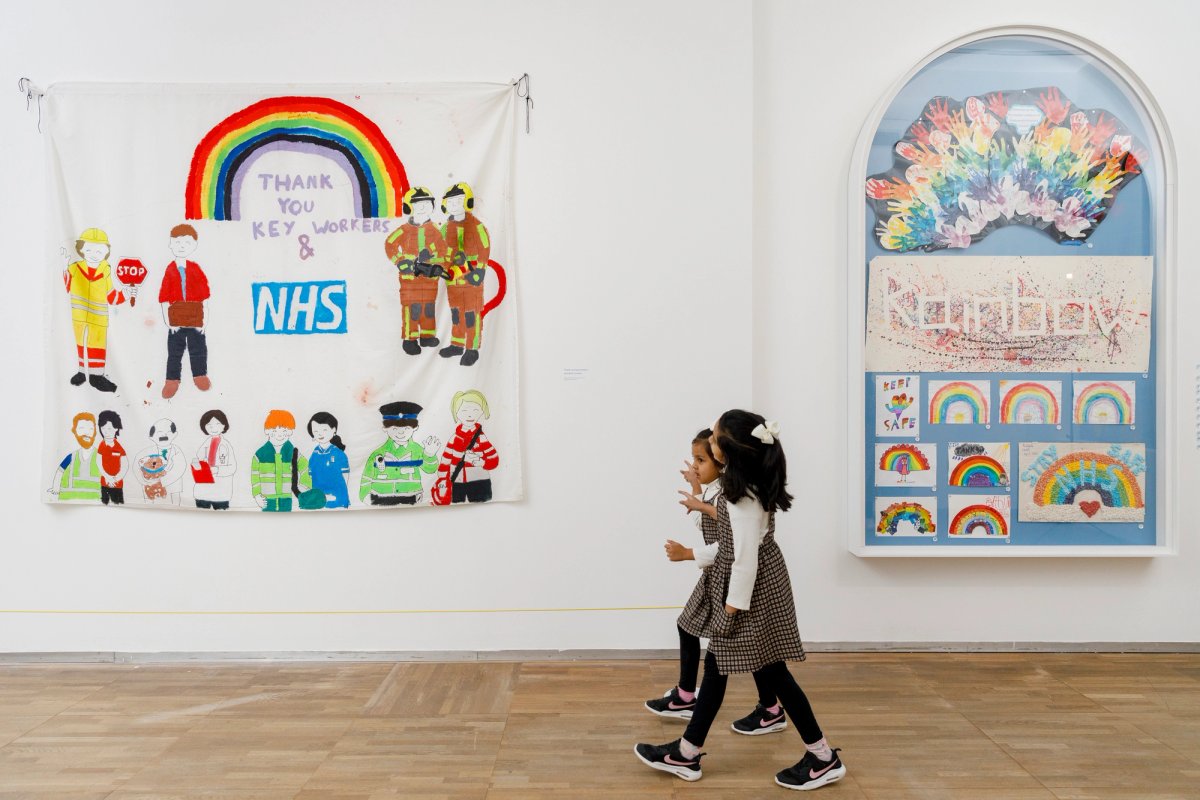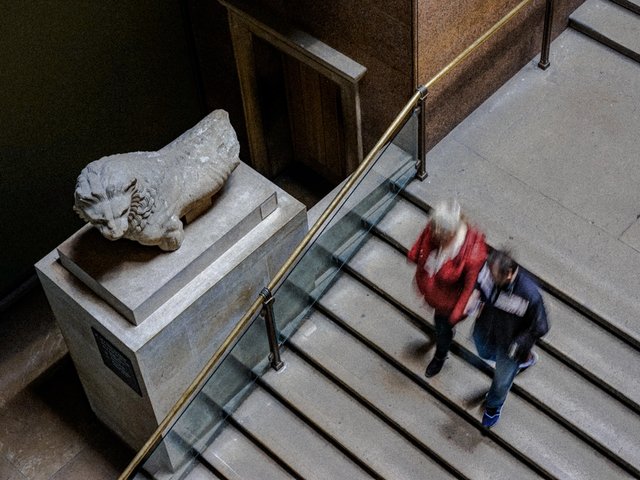Museums in England are in a precarious position. Forced to close their doors in mid-December under the coronavirus measures announced by the UK Prime Minister Boris Johnson, they were allowed to reopen on 17 May after the third lockdown in England was lifted. The move put English institutions, which closed for several months early 2020 during the first lockdown, in an even more difficult financial situation.
Exhibition schedules were disrupted further but pent-up demand post-lockdown has prompted strong ticket sales for shows such as Epic Iran at the Victoria and Albert Museum (V&A) and Nero: the Man Behind the Myth at the British Museum (BM). Numbers will inevitably fall across the board though as the pandemic continues.
We asked museums across London to provide figures around the four-week period from 17 May so as to gauge demand, along with comparable figures for approximately the same pre-pandemic period in 2019.
Spokespeople provided the data below (with caveats). The National Gallery recorded the lowest attendance with visitor numbers equating to 13% compared to 2019; the Science Museum is the highest at 40%. Covid-19 restrictions, such as social distancing, are still in place and capacity is obviously limited across public institutions, though museums will presumably be able to lift such rules on England’s “freedom day”, which is now scheduled for 19 July.
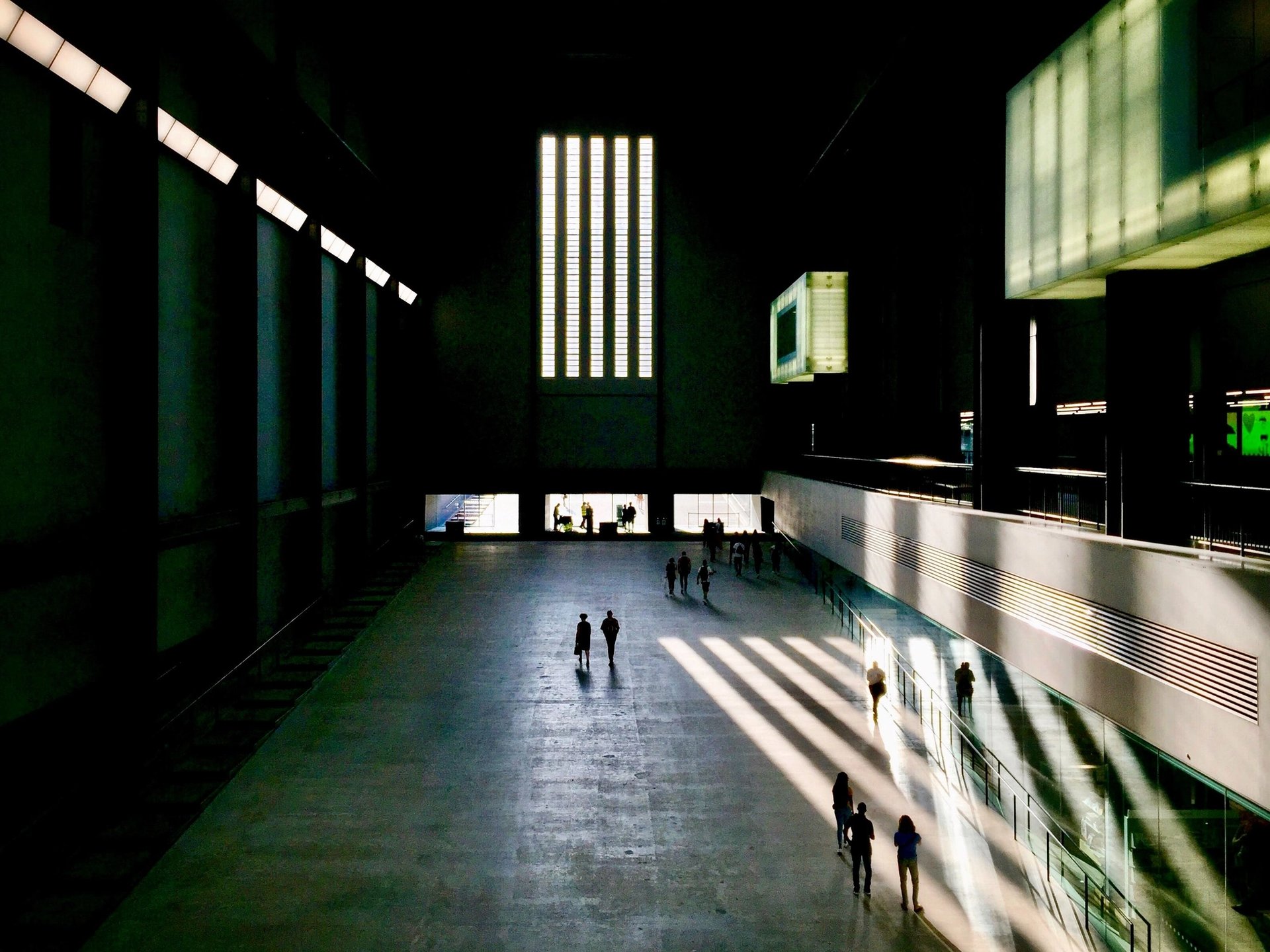
Tate Modern says it received 27% of the number of visitors this May/June compared to the same period in 2019 © Massimo Virgilio
Tate
Tate as a whole welcomed 196,018 visitors from 17 May to 13 June, which is 32% of the number we saw over a similar period in 2019. For comparison, in its first four weeks after reopening in July 2020 that figure was only 16%.
The figures vary between sites, particularly because of the different proportions of international and domestic visitors they each had before 2020, but the picture is consistently much stronger than last year’s reopening.
• Tate Britain: 52,195 visitors, which is 37% of 2019’s pre-Covid levels for this time of year (compared to 18% in the first four weeks after July 2020’s reopening)
• Tate Modern: 109,255 visitors, which is 27% (compared to 14%)
• Tate Liverpool: 18,102 visitors, which is 38% (compared to 15%)
• Tate St Ives and Barbara Hepworth Museum: 16,466 visitors, which is 66% (compared to 40%)
Victoria and Albert Museum
The visitor figure for 17 May-13 June at the V&A was 67,697. A like-for-like comparison is not feasible [with May 2019], the V&A says, as the number of exhibitions, galleries, festivals and events on show at any one time differs year on year; collectively these can have an impact on monthly visitor numbers, as do summer holidays (which fell at a different point in 2021 compared to 2019).
The V&A is currently open five days a week as opposed to seven days in 2019. The museum hasn't been able to pull an exact comparison from its records, the museum says, as the weeks fall across different dates; however, visitor numbers over these four weeks equate to roughly around 22% of what they were in a comparable period in 2019 (at five days a week in 2021, rather than seven in 2019).
Natural History Museum
Between 17 May-11 June, the museum admitted just under 120,000 visitors. In the same four-week period in 2019, it saw almost 360,000 visitors. This means that over the last month, the museum has been running with 33% of 2019's visitor numbers. This has been a result of ongoing social distancing measures limiting overall capacity, as well as restrictions on international travel.
Adam Farrar, the director of commercial and visitor experience, says: “As well as government restrictions we are also guided by our visitors so although we expect to increase the visitor capacity in the museum and reopen to all once social distancing is no longer a legal requirement, we will still be working to a reduced capacity compared with 2019.”
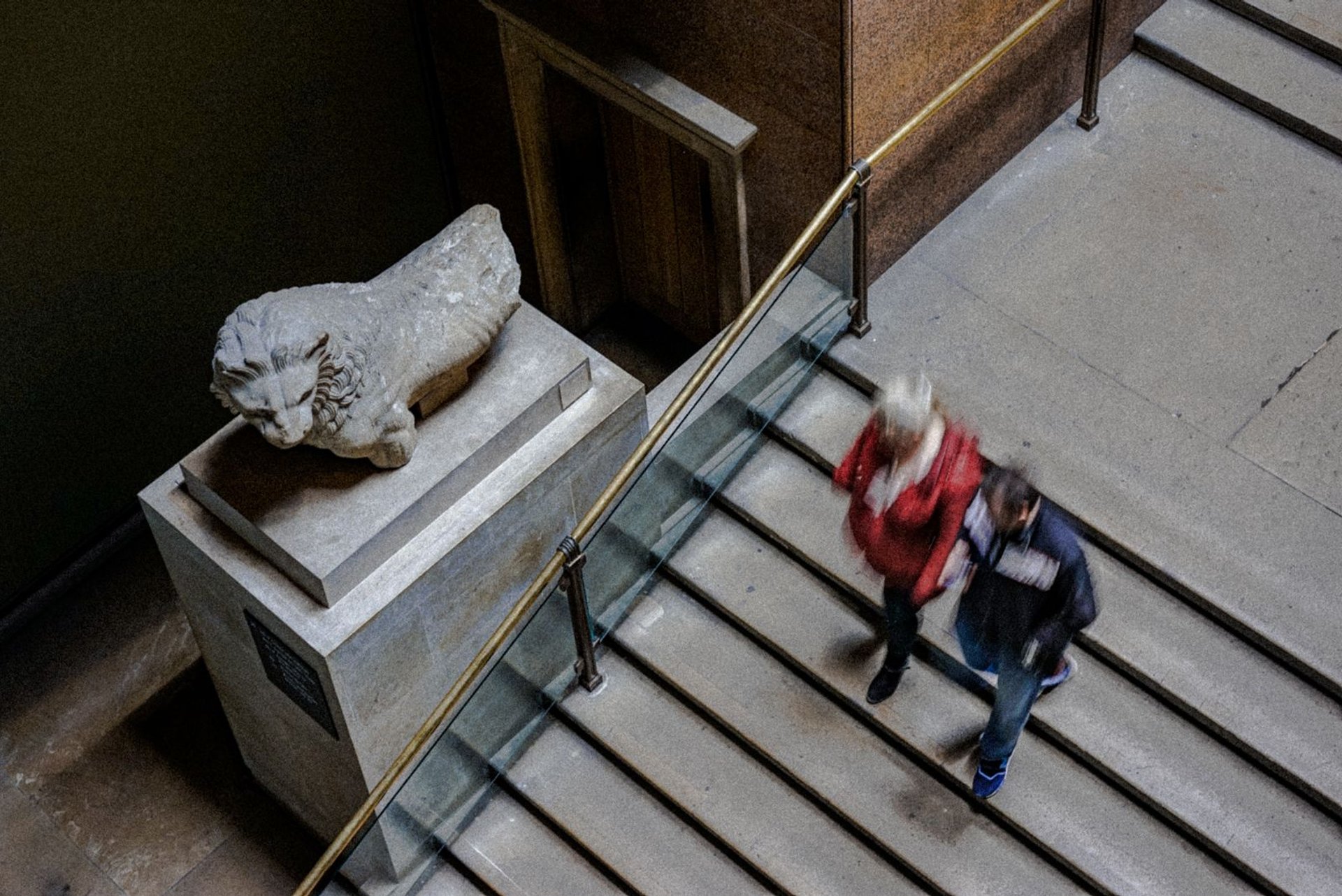
The British Museum's recent visitor figures are down 80% on 2019's numbers © Wen Chen
British Museum
From 17 May-20 June, the museum has seen nearly 120,000 visits, around 20% of the visits for the same period in 2019. The museum is continuing to follow government guidelines and maintaining limited visitor numbers on site with timed entry slots in both its permanent collection and temporary exhibitions. "The safety of our staff and visitors is paramount and we will continue to monitor feedback before implementing any changes to numbers once government guidance allows," a spokesperson says.
Science Museum, London
In the four weeks from 17 May, when the museum was open five days a week, the Science Museum's total number of visitors was 93,868. This is around 40% of the total for the same period in 2019, which was 230,069, although the museum was then open seven days a week. When the museum reopened on 19 August 2020 (also seven days a week), it received 75,003 visitors within a month.
"It is impossible to make direct comparisons with May 2019 given we were open seven days a week, compared to five days a week on reopening this year (outside of school holidays) with limits on capacity, alongside the exceptional circumstances of opening and closure during this past year," a museum spokesperson says.
"We know the demand is out there from the public, so the recovery of our visit numbers will be determined by the pace at which restrictions continue to be lifted, and the recovery of the tourism market. What we’ve learned throughout this pandemic is that the situation changes week by week and, as is the case across the sector, we’re adjusting capacity as we go within government guidelines and ensuring social distancing is in place," they add.
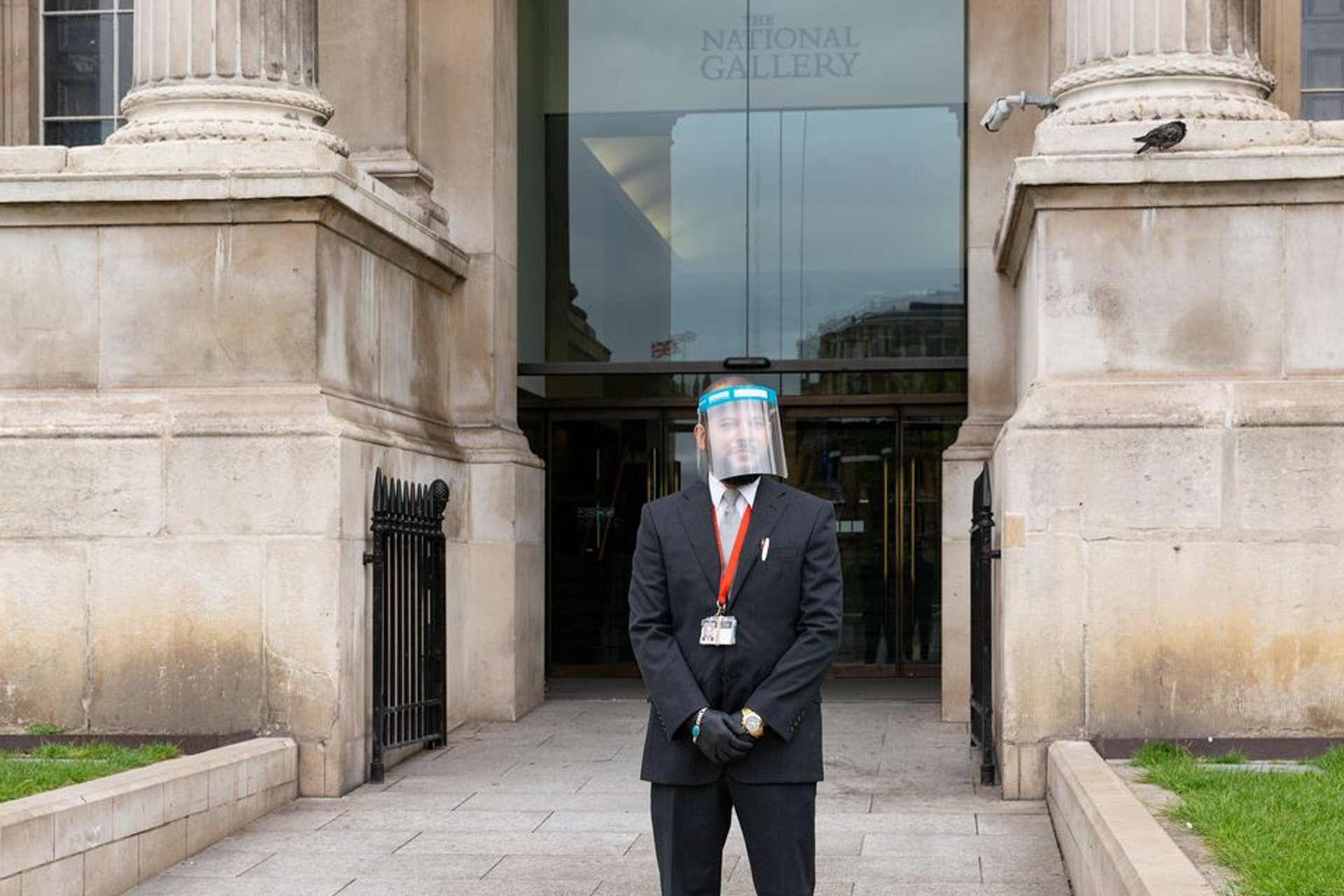
A member of security staff outside the National Gallery in London after lockdown © The National Gallery, London
National Gallery
The attendance figure at the National Gallery for 17 May-11 June was 62,412, around 14% of the attendance for the same period in 2019, which was 455,472.
"Our priority is a safe and enjoyable visitor experience so we are letting a constrained number of people in to allow us to monitor what that looks like, and then we can look to increase visitor numbers from there," a spokesperson says. "Numbers will inevitably change," they add. "We are still looking at our plans for [the coming months] and will be very much listening to visitor feedback before making any significant changes."
The National Maritime Museum (Royal Museums Greenwich) did not respond.
• Read our Visitor Figures survey results for UK museums in 2020 here


